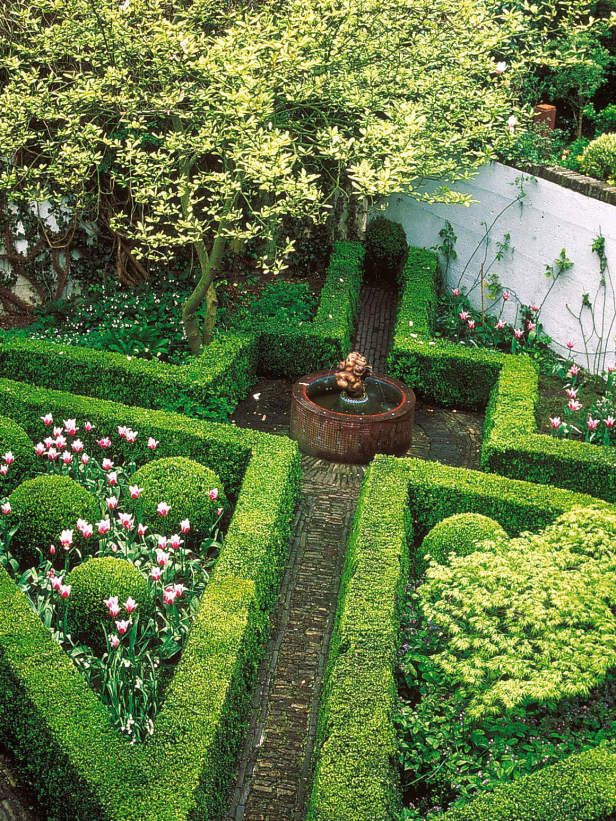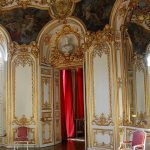The world of modern garden landscaping fuses arts and nature to create settings that go beyond traditional aesthetic appeal. This blend fosters a symbiotic association among organized design and the astonished splendor of nature, giving rise to living, dynamic canvases. Geometric precision, sustainability, and fascinating water features are principles that enhance these outdoor areas by drawing influence from outstanding artists and their creations. As we examine this evolution, we discover the way the landscapes have changed into visceral encounters, remaining not only functional spaces but also venues for introspection and attachment. Every plant, stone, and water droplet plays an intentional role in the deeper, more creative story that emerges. Modern garden landscapes are a tribute to human inventiveness, exhibiting a deep awareness and reformulation of art in the realm of nature.
Geometric Shapes and Artistic Influence
Geometric shapes in garden design connect back to abstract art. Artists like Piet Mondrian used squares and lines to create order and beauty in his paintings. These minimalist ideas inspire modern gardens. The clean lines and balanced shapes in modern gardens mimic the harmony of Mondrian’s art. In this way, gardens become three-dimensional canvases for abstract art.

Sustainability: Echoing the Ethos of Environmental Artists
Environmental artists such as Andy Goldsworthy, whose temporary artworks reflect the fleeting beauty of natural supplies, are sources of inspiration for sustainable garden suggestions. In a comparable way, modern gardens use native flora and sustainable supplies to produce settings that not only reduce their ecological footprint but also represent the aesthetic and moral values of environmental art.
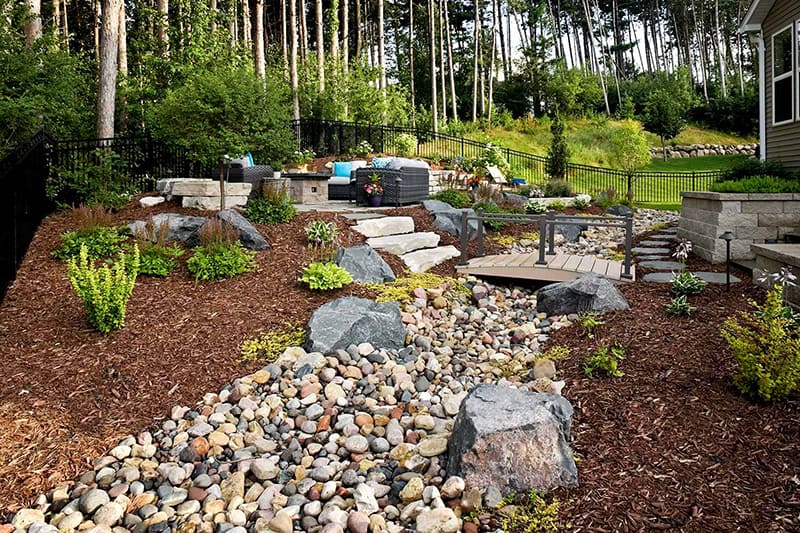
Water Features: Inspired by the Mastery of Tadao Ando
Many modern day gardens embrace tranquil and reflecting water features that are reflective of Tadao Ando’s architectural water factors. Ando’s utilization of water in his minimalist buildings, which melts distinctions between indoor and outdoor spaces, has a counterpart in garden landscapes, where water features offer a dynamic and contemplative element, expanding sensory enjoyment with relaxing sounds and motions of water.

Incorporating Artworks: The Legacy of Garden Sculptures
Blending sculptures and installations into garden designs is a trend that traces back to Renaissance gardens, when classical figures were employed to boost their overall appearance. Modern gardens carry on this heritage by including modern artworks that contribute to an interaction between the natural and man-made. These works of sculpture, which range from abstract to figurative, allow visitors to speculate more deeply about the connection between art and nature.
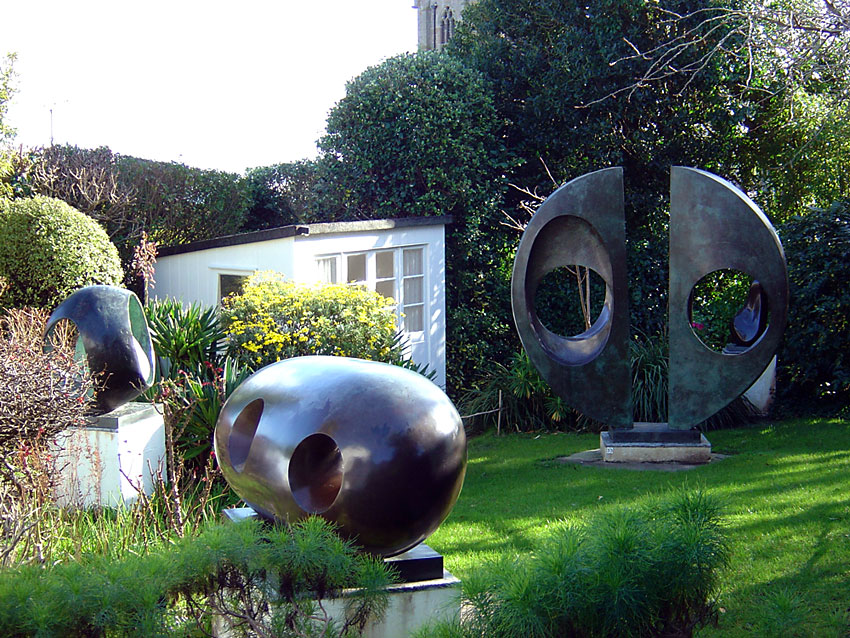
The Role of Color and Texture: A Nod to Impressionism
Modern gardens pay tribute to Impressionist painters with their stunning use of color and textures. These painters mastered capturing light’s transient effects on nature. Garden designers create a living canvas by using seasonal plants and materials. This canvas evolves over time, offering a constantly changing view. It delights the senses.

Lighting as Sculpture: The Influence of James Turell
The strategic use of lighting in contemporary gardens echoes James Turell’s light installations. Both experiment with sensations and perceptions of space. Similarly, garden lighting aims to highlight features, create dramatic shadows, and transform gardens into magical nighttime environments. This showcases light’s ability to accentuate the natural world’s magnificence.
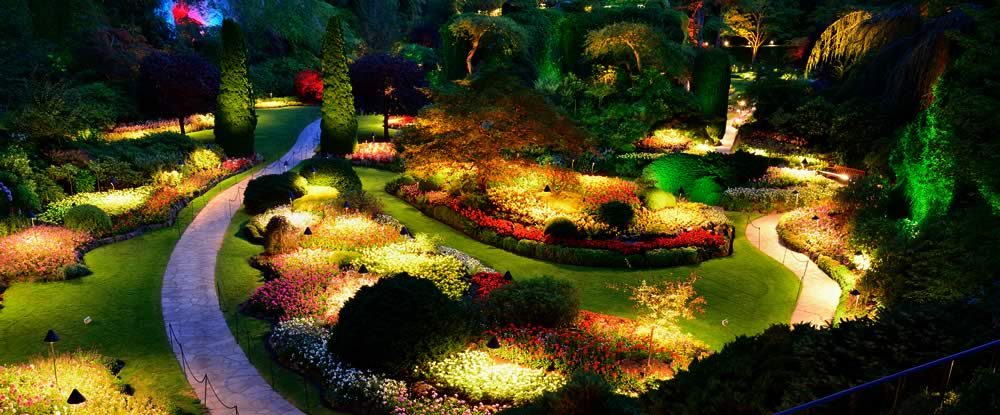
Modern garden design has evolved beyond simple aesthetics, becoming a deep art form. It combines design, sculpture, and environmental sensitives to form a unified whole. These gardens are not simply locations, but experiences designed to captivate, inspire and prompt thinking. They function as living galleries, bringing nature and human creativity into ongoing interplay. Each element, from geometric designs to aquatic elements, conveys a tale. The blending of art pieces provides diverse degrees of significance, encouraging more introspection about our relationship with the natural environment. As times and seasons change, these gardens adapt, revealing fresh insights and experiences. They remind us of the untapped opportunities that come about through the merging of art and nature. Modern garden landscapes are simply a celebration of life, a monument to the world’s beauty and complexity.

